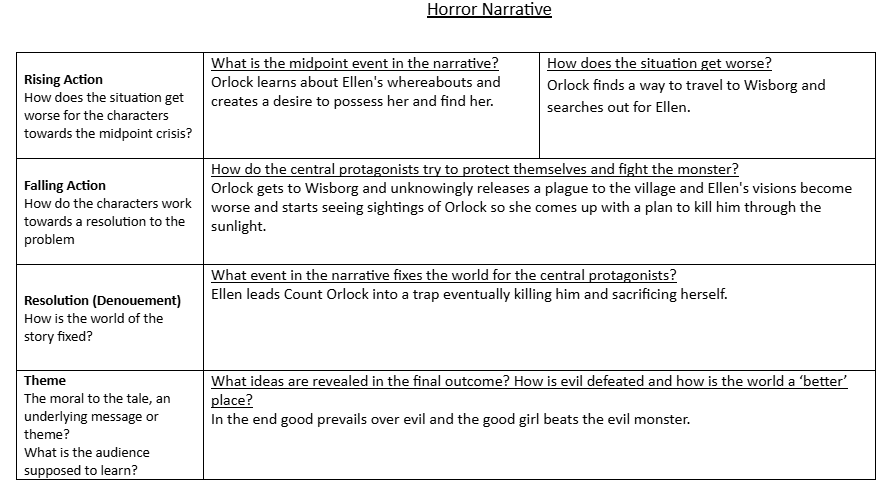

Reference
ScreenSkills (n.d.). Roles in film, TV, games, animation and VFX. [online] ScreenSkills. Available at: https://www.screenskills.com/job-profiles/.
Reflection
During this group meeting we came to the conclusion on what roles we are going to take on for this documentary, I have taken on the role as cinematographer so I went and researched my role and what I will need to do for different stages of the production. I found out that the two other roles that I will be mainly working with is the editor and the director, this is because as the cinematographer it is my job to gather the shots we need for the documentary and the editor is who will need specific shots so it will look good in the final edit and the director will express the shots that they think would look good. My main focus is on the pre production and the production. I need to scout out where we are taking shots and look around and take nots for what shots will look good and what wont work as well. During the production I will be capturing these shots that I looked for and also working with natural and artificial lighting on the day. My main focus is to gather a wide range of shots using techniques such as depth of field and rule of thirds that will work with our documentary and give us the best final edit we can get.













